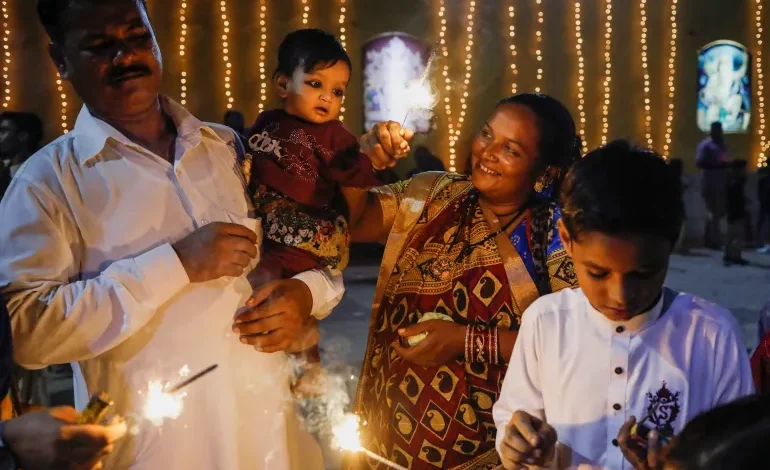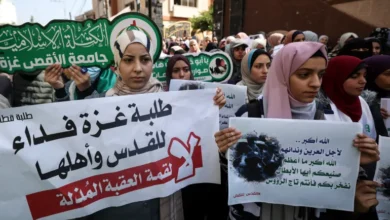Diwali 2023: The festival of lights, explained through rituals

Hindus, Sikhs, Buddhists and Jains worldwide will celebrate Diwali this year on November 12. The festivities that run for five days are characterised by bright lights, burning incense and sumptuous meals — especially sweets. Families otherwise separated by distance or discord come together.
Here is what to know about some of the rituals practised during Diwali:
Diyas
The word Diwali comes from the Sanskrit roots “deepa” (lights) and “avali” (row). The word, in turn, translates to row of lights. The festival is characterised by different lighting decorations such as fireworks and candles.
The decorations most closely associated with the festival are earthen oil lamps called diyas.
The significance of diyas is rooted in the Hindu legend of Ramayana. This is the story of Prince Rama, whose wife Sita was abducted. When Rama and Sita returned to their kingdom, Ayodhya, people welcomed them with diyas.
This legend is not the only one behind Diwali. Other religious and regional communities associate different mythologies with it. What unites them is the fundamental idea that Diwali celebrates the victory of good over evil, which is what diyas symbolise.
Cleaning and shopping
Arora wrote about the pivotal role women play in Hindu festivals in the memory of her late mother during one Diwali season. She reminisced about Diwali back in her childhood, when she would enthusiastically help her mother prepare the house for festivities.
Days before Diwali, people start cleaning their houses. “Somebody is getting new curtains, somebody is getting their house painted,” Arora added. People ensure their houses are clean and pristine in preparation for welcoming the goddess Lakshmi into the homes.
On Dhanteras, the first of the five days of festivities — it fell on November 10 this year — markets are bustling. Arora said that on Dhanteras, people’s purchases range from small items such as diyas to luxury products. However, silver jewellery and utensils are particularly sought after on this day. A silver coin is believed to bring “good luck and fortune,” she said.
Lakshmi pooja
The date of Diwali is actually the third day of festivities, which falls on the new moon. On the evening of this day, lamps are lit and Goddess Lakshmi is worshipped.
Noise is typically created using drums and firecrackers to drive away Alakshmi, Lakshmi’s negative shadow opposite. However, fireworks have in recent years raised concerns about rising air pollution.
Arora said that the government is urging people not to use firecrackers, which is leading people to practise “green Diwali” to minimise pollution, Arora said. Green Diwali also entails “promoting local handmade diyas by artisans rather than shopping from big businesses online”.
Rangoli
Different patterns are drawn on floors and surfaces with materials like coloured sand, rice flour or powdered limestone. This art form is called rangoli and is also practised to welcome Lakshmi.
While some rangoli patterns are geometric designs, different rangoli motifs hold different meanings such as:
- The lotus flower with six petals is a common motif as it is associated with Lakshmi and it also signifies wealth and fertility. Lotuses grow in the mud to bloom as vibrant flowers, reinforcing the theme of light over darkness.
- Owls are associated with auspiciousness in Bengal where they are believed to be Lakshmi’s vehicle, which makes them an important motif of alpana, which is the rangoli practised in Bengal, created during Lakshmi pooja.
- Footprints, also called paglya point towards the home to invoke Lakshmi. Footprints pointing in the opposite direction are considered to be inauspicious and are associated with Alakshmi.










